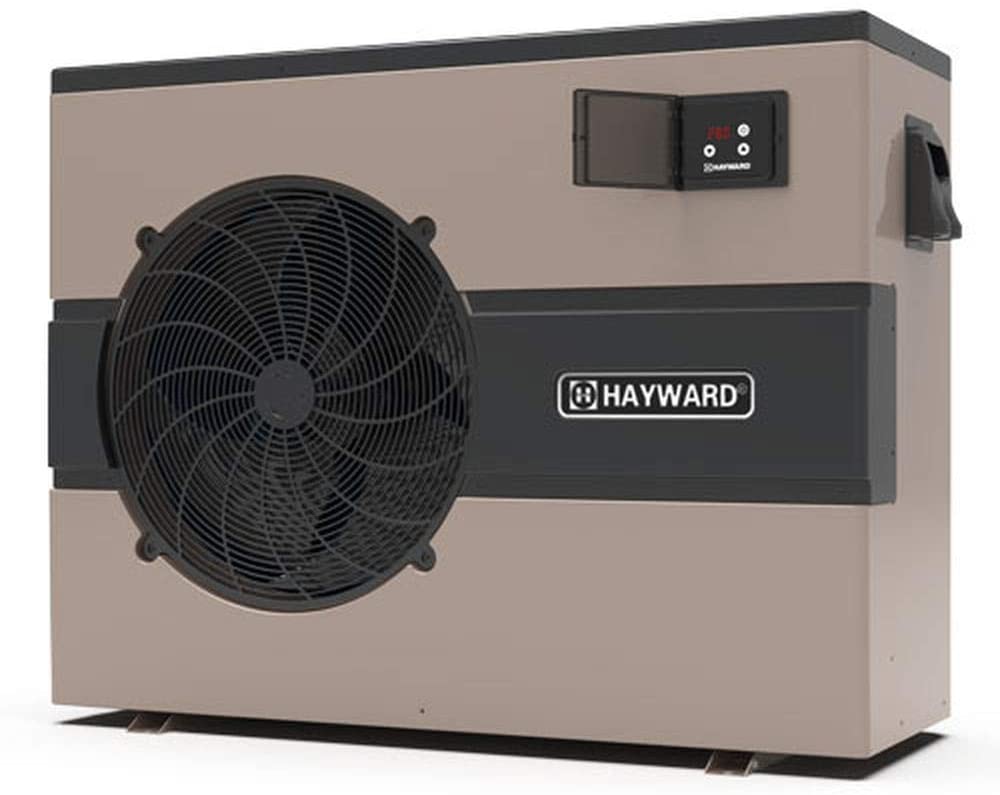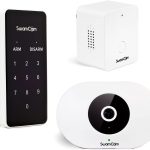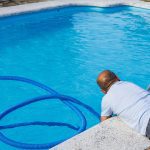
Troubleshooting Your Swimming Pool Heat Pump: A Step-by-Step Guide to Diagnosing and Repairing Common Issues
Keep Your Pool Warm and Comfortable by Properly Maintaining Your Heat Pump
Introduction
A swimming pool heat pump is an energy-efficient and cost-effective way to maintain a comfortable water temperature in your pool. However, like any other equipment, heat pumps can experience issues that may affect their performance. This article will guide you through the process of troubleshooting, diagnosing, and repairing common swimming pool heat pump problems.
Step 1: Understand How Your Heat Pump Works
Before troubleshooting your heat pump, it’s essential to understand how it operates. A pool heat pump works by transferring heat from the surrounding air to the pool water. The heat pump’s key components include the compressor, evaporator, condenser, and expansion valve. Understanding these components and their functions will help you identify and fix any issues that may arise.
Step 2: Identify Common Heat Pump Problems
Several common issues can affect a swimming pool heat pump’s performance. Some of these problems include:
- No power or insufficient power supply
- Low or high refrigerant levels
- Dirty or clogged components
- Faulty sensors or controls
- Insufficient airflow
Step 3: Troubleshooting and Diagnosing Issues
Once you’ve identified the possible issues affecting your heat pump, follow these steps to diagnose and repair the problem:
- Check the power supply: Ensure that the heat pump is connected to a reliable power source and that the circuit breaker is not tripped. If the breaker has tripped, reset it and monitor the heat pump to see if the issue recurs.
- Inspect for refrigerant leaks: Low refrigerant levels can cause the heat pump to work inefficiently or not at all. Check for any visible leaks or ice buildup around the unit. If you suspect a refrigerant leak, contact a professional technician to repair the leak and recharge the system.
- Clean the evaporator and condenser coils: Dirty or clogged coils can reduce the heat pump’s efficiency and cause it to overheat. Regularly clean the coils with a soft brush or gentle stream of water to remove dirt and debris. Be careful not to damage the fins while cleaning.
- Check the airflow: Ensure that the area around the heat pump is clear of debris and that there is sufficient airflow around the unit. Insufficient airflow can cause the heat pump to overheat and shut down. Trim any overgrown vegetation and remove any obstructions around the heat pump to improve airflow.
- Test the sensors and controls: Faulty sensors or controls can prevent the heat pump from operating correctly. Use a multimeter to test the sensors and controls for proper function. Replace any faulty components as needed.
Step 4: Consult a Professional Technician
If you’re unable to diagnose or repair the issue yourself, or if the problem persists, consult a professional pool technician. They will have the expertise and tools necessary to identify and fix any issues with your heat pump efficiently and safely.
Conclusion
By understanding the basics of how your swimming pool heat pump works and being familiar with common issues, you can effectively troubleshoot and diagnose problems that may arise. Regular maintenance and proper care of your heat pump will ensure its longevity and optimal performance, keeping your pool warm and inviting for years to come.




